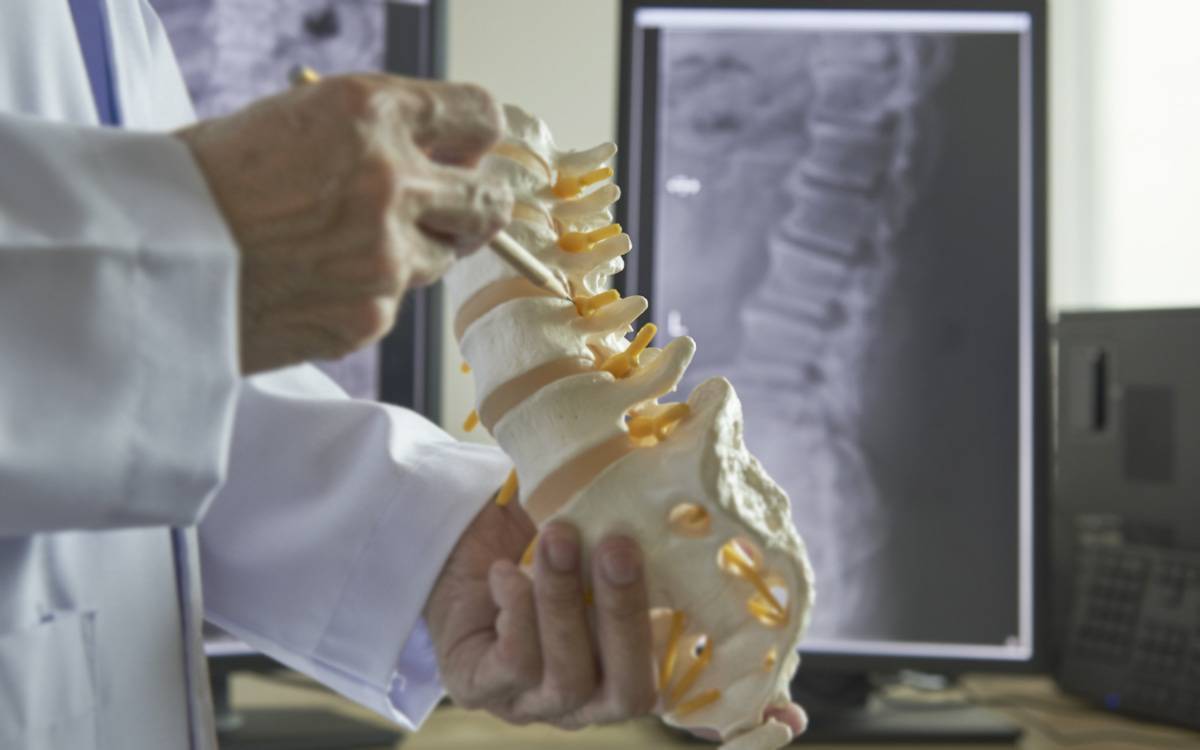
What Is The Best Treatment For Back Pain?
Learn how to reduce back pain with and without surgery
Back pain is one of the most common reasons for seeking medical care. Eight out of 10 Americans experience back problems in their lifetime, according to the National Institutes of Health.
Complaints range from nagging lower back discomfort to pain so debilitating it interferes with work and everyday activities.
Several factors may contribute to back pain, including overuse, injuries, arthritis, and weak back and abdominal muscles. Simply getting older can be a major factor as well.
“As we age, our bodies begin to show signs of wear and tear that can lead to spine problems,” says Maneesh Bawa, MD, an orthopedic surgeon at Scripps. “Our spinal discs lose hydration and become stiffer. We become less flexible. This can make it easier for the back to get injured.”
How to relieve back pain
Learning what to take for back pain is easy, especially if the pain is mild. Start with non-invasive treatments.
Over-the-counter non-steroidal anti-inflammatory drugs (NSAIDS) — such as aspirin, ibuprofen or naproxen — can help reduce the inflammation that may be contributing to your back pain. If the pain relievers you bought at the store aren’t effective, your physician may recommend a prescription-strength NSAID or muscle relaxer.
Many people also find relief through complementary therapies, such as massage therapy, chiropractic treatments and acupuncture. Physical therapy is often very helpful in treating pain and preventing future injury.
If none of these treatments brings relief, it may be time to consider back surgery.
Minimally invasive back surgery
“Surgery should be your last option, but it may be the best one for specific conditions, such as a compressed nerve or a collapsed or slipped disc,” Dr. Bawa says.
“Typically, back surgery either relieves pressure from the nerve that is causing the pain — known as decompression — or immobilizes the segment that is pressing on the nerve — known as fusion.”
If the problem is a damaged disc, artificial disc replacement may be an option. The damaged disc is removed and replaced with an artificial mechanical disc with the goal of restoring range of motion.
Scripps orthopedic surgeons may treat many of these conditions with minimally invasive surgery, which involves one or more small incisions instead of a large incision. Compared to standard open surgeries, minimally invasive procedures may result in less blood loss, less pain after surgery, and reduced scarring. Recovery time often is faster as well.
“Minimally invasive spine surgery can relieve back and leg pain while causing less muscle trauma during surgery, and get patients back to their active lifestyle,” says Dr. Bawa.
If you’re having back pain that does not improve with home care, contact your physician and get started on the road to recovery.
This article originally appeared on scripps.org.

Join our Senior Wellness Society for the latest news on Medicare and tips for healthy living in San Diego!
Sign up now ›Are you looking for specialized medical care in San Diego?
Our directory has more than 850 doctors in San Diego County of various specialties who are available to help you.
Find a doctor